


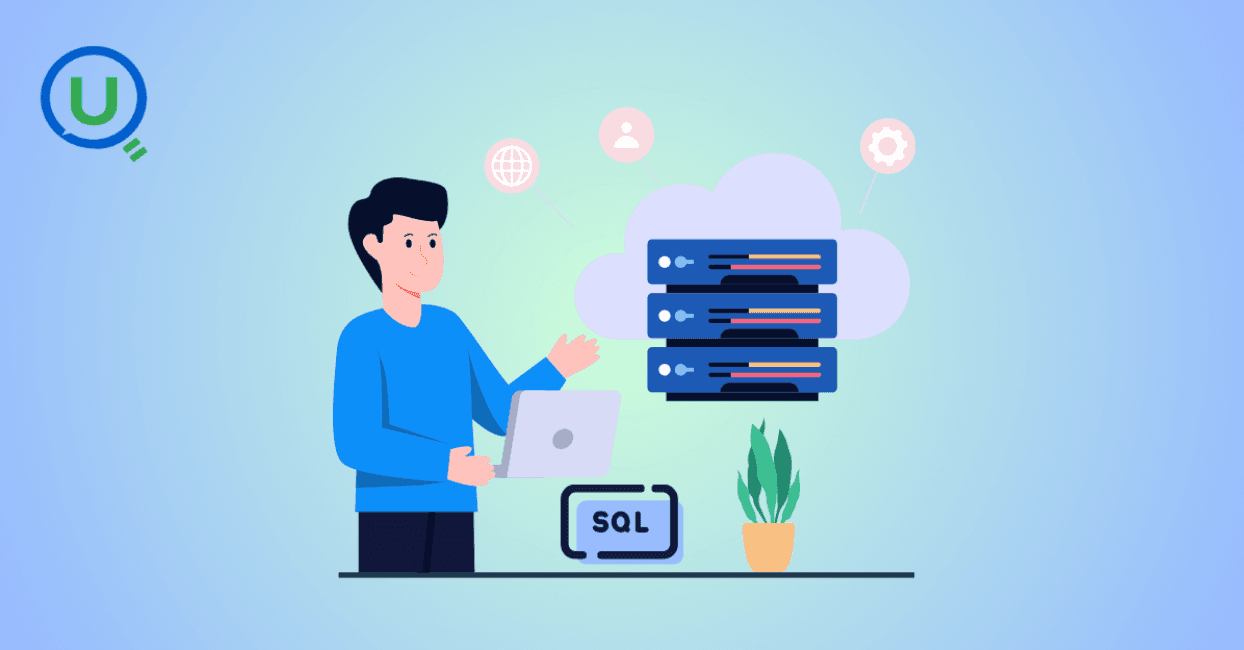
In the modern era of data-driven decision-making, choosing the right database system is a critical step for any organization. Whether you’re building a web application, analyzing enterprise data, or managing transactional systems, your choice of database can significantly impact performance, scalability, cost, and security.
Two of the most widely used relational database management systems (RDBMS) in the world are PostgreSQL and SQL Server. While both serve the same purpose of storing and managing structured data, they differ in terms of features, licensing, performance, and flexibility.
In this guide, we’ll dive deep into PostgreSQL vs SQL Server, comparing them across various parameters to help you make the right choice for your needs. Whether you’re a developer, business analyst, or IT decision-maker, this blog will give you the clarity you need.
Before we begin the comparison of PostgreSQL vs SQL Server, it’s important to understand what each system is, where it comes from, and what its core strengths are.
PostgreSQL is an open-source object-relational database system that has been in development for over 30 years. Known for its stability, standards compliance, and extensibility, PostgreSQL is popular among developers and enterprises alike. It supports advanced data types, full-text search, custom functions, and a wide variety of extensions.
Because it’s open-source, PostgreSQL is completely free to use, modify, and distribute. It runs on all major operating systems, including Windows, Linux, and macOS.
Microsoft SQL Server is a commercial relational database management system developed by Microsoft. It is widely used in enterprise environments and is closely integrated with the Microsoft ecosystem, including Azure, .NET, and Power BI.
SQL Server comes in various editions, including free versions like SQL Server Express, but the more advanced features are available only in paid editions like Standard and Enterprise.
While SQL Server is proprietary software, it offers powerful tools for business intelligence, integration, analytics, and enterprise-grade performance.
So, when comparing PostgreSQL vs SQL Server, you’re really looking at an open-source, developer-friendly system versus a commercially supported, enterprise-grade product.
To make an informed choice between PostgreSQL vs SQL Server, let’s break down their differences across the most critical categories:
PostgreSQL is completely open-source and free. There are no licensing costs, regardless of how many users or how much data you manage. You can deploy it on any infrastructure – cloud, on-premise, or hybrid – without worrying about fees.
SQL Server, on the other hand, is a commercial product. While there’s a free edition (SQL Server Express), it has limitations in terms of storage, performance, and features. Full-featured editions like Standard or Enterprise can be quite expensive, especially for large-scale deployments.
Winner: PostgreSQL, if cost is a major factor in your decision-making.
Both PostgreSQL and SQL Server are highly performant databases, but their strengths vary depending on use cases.
PostgreSQL performs exceptionally well in read-heavy operations, complex queries, and analytical workloads. It supports parallel queries, indexing techniques like GIN and GiST, and advanced features like materialized views and table partitioning.
SQL Server excels in transactional processing, integration with Microsoft tools, and workloads that benefit from built-in tuning and optimization features. It includes features like Query Store, In-Memory OLTP, and automatic plan correction.
Scalability is strong on both ends, but with PostgreSQL, horizontal scaling (via tools like Citus) is often more flexible and open. SQL Server offers vertical scaling with powerful hardware or cloud resources like Azure SQL Database.
Verdict: Tie – PostgreSQL for analytical flexibility, SQL Server for transactional performance and tight Microsoft integration.
PostgreSQL is platform-agnostic. It runs natively on Windows, Linux, macOS, and cloud platforms like AWS (RDS), Google Cloud (Cloud SQL), and Azure. It integrates well with modern development stacks like Python, Node.js, Ruby, and Java.
SQL Server is optimized for Windows and Azure environments. While it now supports Linux, most advanced features work best in the Windows ecosystem. It’s ideal for organizations using Microsoft services like Azure, .NET, Excel, and Power BI.
If your organization relies heavily on the Microsoft ecosystem, SQL Server provides a smoother experience. But for cross-platform development and cloud flexibility, PostgreSQL is often the better fit.
Verdict: Depends on your tech stack. PostgreSQL is better for open-source and cross-platform flexibility; SQL Server is better for Microsoft-centric environments.
PostgreSQL is highly extensible. You can create custom data types, write your own functions in multiple languages (PL/pgSQL, Python, C, etc.), and even develop plugins. Popular extensions like PostGIS (for geospatial data) and TimescaleDB (for time-series data) add incredible functionality.
SQL Server offers a rich set of enterprise features out-of-the-box, including Analysis Services (SSAS), Reporting Services (SSRS), Integration Services (SSIS), and full-text search. However, it’s less open to customization than PostgreSQL.
For developers who value control and flexibility, PostgreSQL offers more freedom. SQL Server, in contrast, offers convenience and depth in enterprise features, particularly in analytics and reporting.
Verdict: PostgreSQL wins in flexibility; SQL Server shines in enterprise tooling.
Both databases offer strong security features, including user authentication, encryption, and role-based access control.
SQL Server includes advanced security features like Transparent Data Encryption (TDE), Always Encrypted, and Row-Level Security built-in. These are especially useful in regulated industries.
PostgreSQL also supports SSL, row-level security, and third-party encryption tools, though some features may require additional configuration.
In regulated environments like finance or healthcare, SQL Server’s built-in compliance features can be a huge advantage. PostgreSQL can meet similar standards, but may require more manual setup.
Verdict: SQL Server has the edge in built-in compliance support.
Let’s explore how each database is used in real-world settings to better understand PostgreSQL vs SQL Server in practice.
Website backends: Many web applications and platforms use PostgreSQL due to its flexibility, JSON support, and extensibility. Platforms like Instagram and Reddit have relied on PostgreSQL in their tech stacks.
Data analytics: Thanks to features like window functions and materialized views, PostgreSQL is ideal for handling complex analytics.
Geospatial applications: With PostGIS, PostgreSQL becomes a powerful spatial database used in mapping, logistics, and urban planning.
Enterprise applications: SQL Server powers many ERP, CRM, and HR systems in corporate environments, particularly those using Microsoft Dynamics.
Business intelligence: SQL Server integrates tightly with Power BI, making it a go-to for businesses focusing on reporting, dashboards, and data-driven decision-making.
Healthcare and finance: Thanks to its strong security and compliance features, SQL Server is popular in highly regulated sectors.
Understanding PostgreSQL vs SQL Server from a use-case perspective highlights the strengths of each system based on business goals.
Still unsure which database system to go with? Here's a quick breakdown to help you decide based on common needs:
Use Case | Recommended Database |
Cost-sensitive startups | PostgreSQL |
Enterprises using Microsoft tools | SQL Server |
Web applications with complex data models | PostgreSQL |
Strong BI/reporting needs | SQL Server |
Geospatial or time-series data | PostgreSQL |
Compliance-heavy industries | SQL Server |
Cloud-native, cross-platform apps | PostgreSQL |
.NET-based application development | SQL Server |
When comparing PostgreSQL vs SQL Server, it often comes down to your specific use case, team expertise, and infrastructure preferences.
Both PostgreSQL and SQL Server are mature, reliable, and powerful relational database systems. They each have their own strengths, ideal use cases, and communities of support.
Choose PostgreSQL if you want flexibility, open-source freedom, advanced developer features, and cross-platform compatibility. It’s perfect for startups, SaaS platforms, and modern web applications.
Choose SQL Server if you operate in a Microsoft ecosystem, need enterprise support, or require advanced security and compliance features. It’s ideal for enterprises, regulated industries, and data-heavy business environments.
Ultimately, the right choice depends on what you're building, who your users are, and how your infrastructure is designed. By understanding the differences in PostgreSQL vs SQL Server, you’re better equipped to make a strategic, long-term decision for your data architecture.
At Enqurious, we specialize in helping businesses choose, implement, and optimize their data infrastructure. Whether you're weighing PostgreSQL vs SQL Server, migrating from one platform to another, or building a scalable data solution from scratch, our experts are here to guide you.
We don’t just offer technical advice — we provide end-to-end support that aligns your database decisions with your business goals. From database design and setup to performance tuning and cloud deployment, Enqurious ensures your data works smarter for you.
Ready to make the right database choice? Let Enqurious help you power up your data strategy. Talk to our expert today!

A practical walkthrough of how I reduced heavy batch workloads using Change Data Feed (CDF) in Databricks. This blog shows how CDF helps process only updated records, cutting compute costs and boosting pipeline efficiency.

I dropped a table in Snowflake, then queried to verify it was gone. The system said it doesn't exist, but also showed it consuming 3.57 MB. That contradiction led me down a rabbit hole of metadata delays, missing commands, and hidden costs. Here's what I discovered.
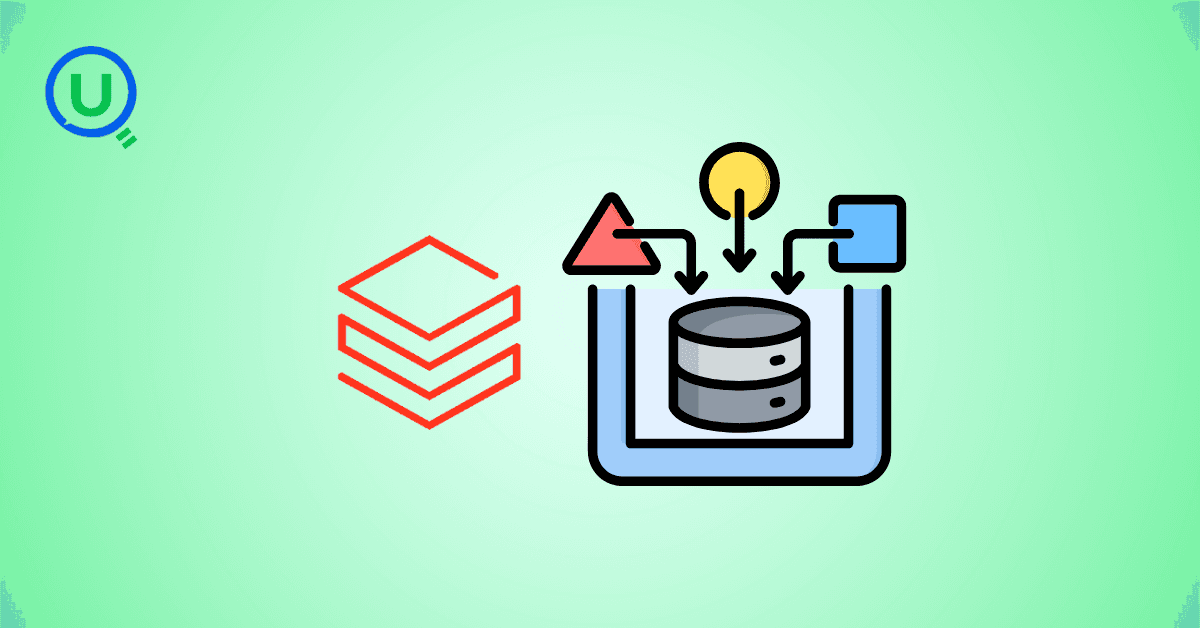
The AI industry has a security problem: data scientists aren't trained in security, ML engineers are working with black-box models, and security pros don't understand GenAI. Learn about the frameworks and tools bridging this gap—from Llama Guard to Databricks' safety features.
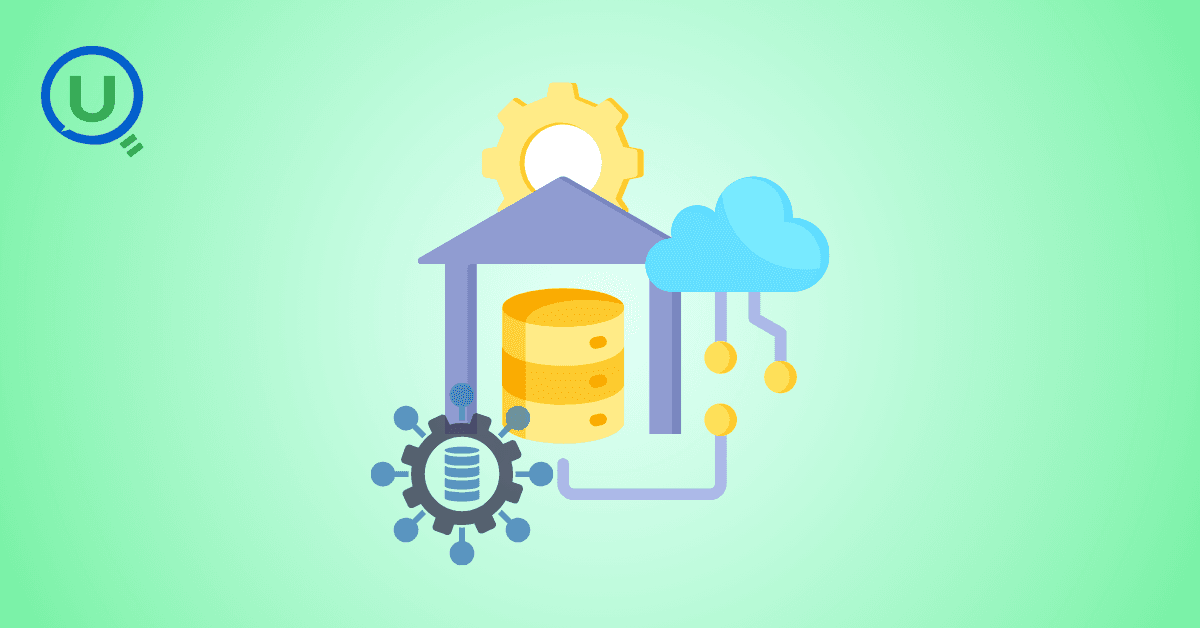
Why DELETE isn’t enough under GDPR, and how Time Travel can make sensitive data reappear unless VACUUM is used correctly.

This blog shares my personal journey into Snowflake Gen AI, from early confusion to hands-on clarity. It offers practical study tips, common pitfalls, and guidance to help you prepare effectively and understand Snowflake’s evolving AI capabilities.

Started scrolling Instagram at 2 AM. Saw Cloudflare memes. Fell down a 4-hour research rabbit hole. Discovered that AND database = 'default' could have prevented the whole thing. My sleep schedule is ruined but at least I understand distributed systems now.

Discover the top 10 data pipeline tools every data engineer should know in 2025. From Airflow to Fivetran, learn how each tool powers modern data workflows, supports real-time analytics, and scales across cloud ecosystems.
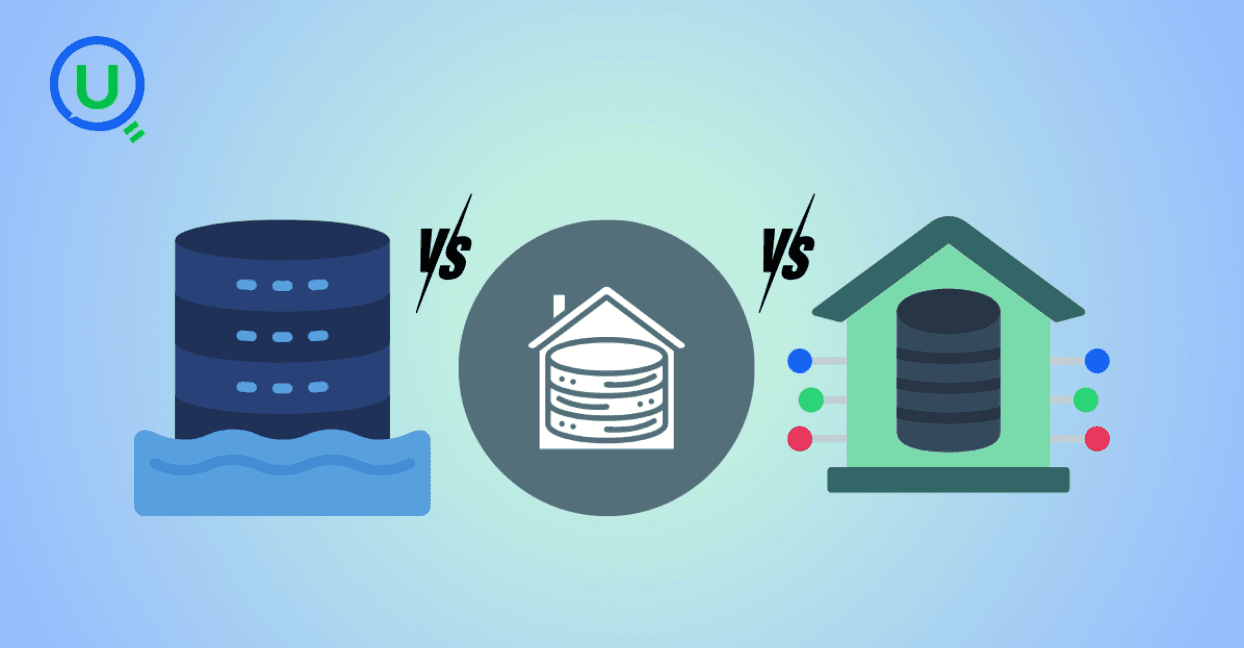
Confused between a data lake, data warehouse, and data mart? Discover key differences, real-world use cases, and when to use each architecture. Learn how to build a modern, layered data strategy for scalability, governance, and business insights.
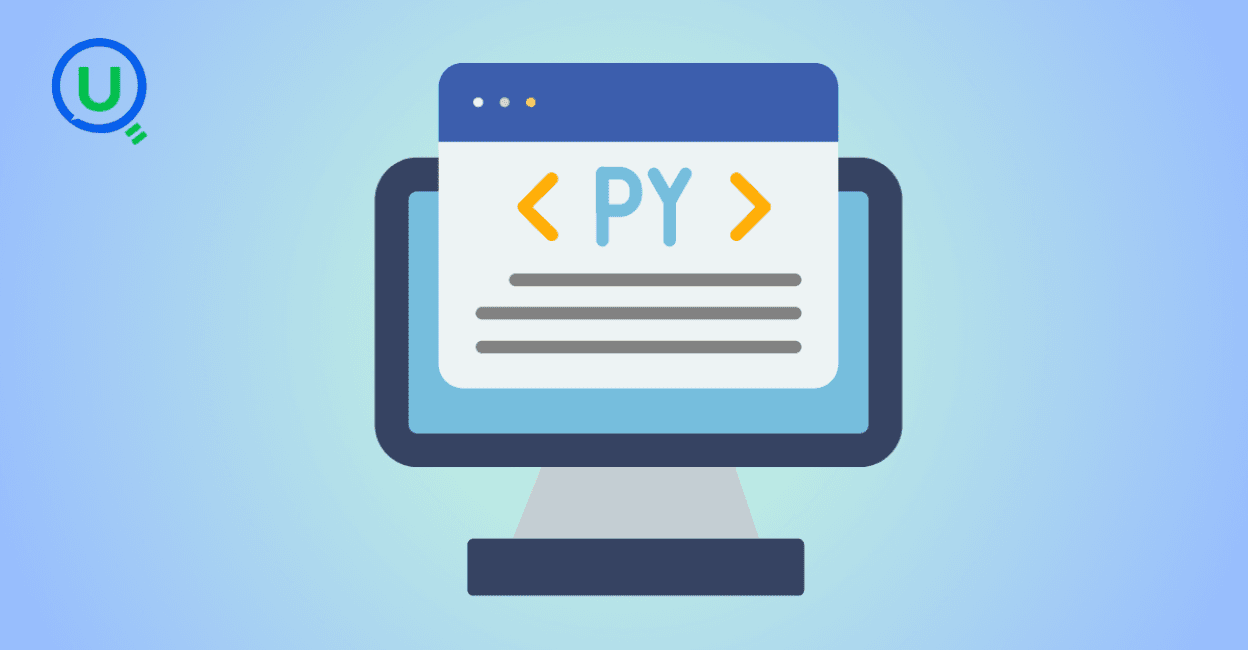
Explore what syntax means in the world of data and AI—from SQL and Python to JSON and APIs. Learn why syntax matters, common errors, real-world examples, and essential best practices for data engineers, analysts, and AI developers in 2025.
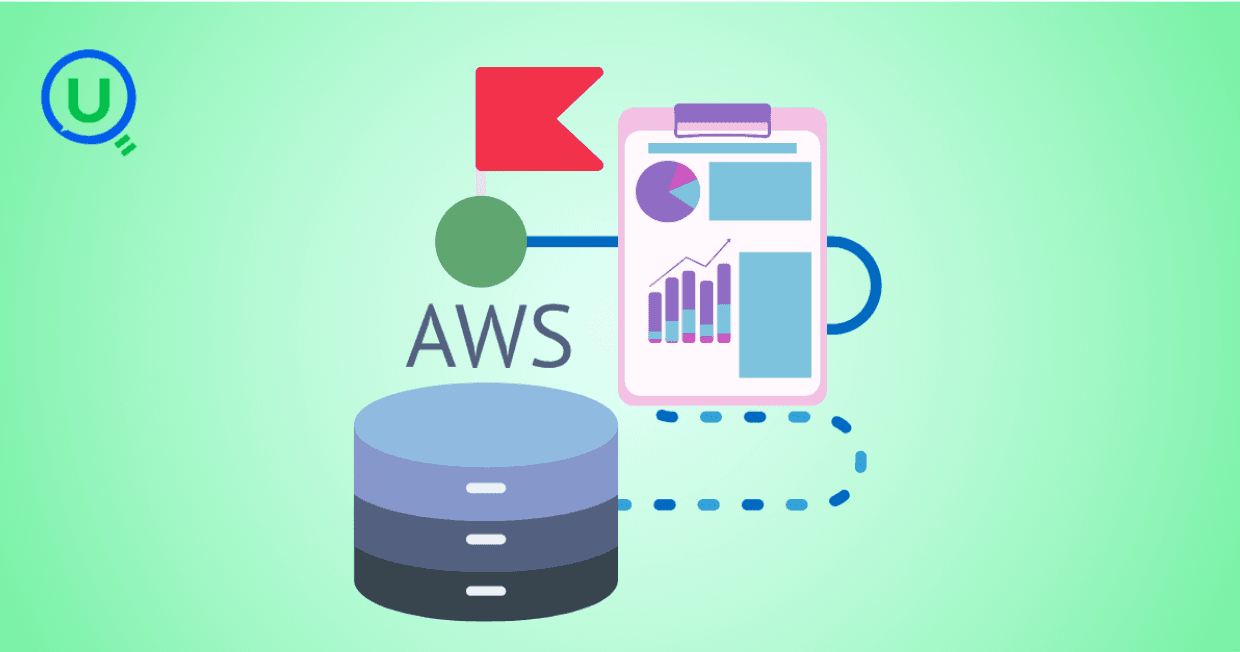
Discover how AWS Data Pipeline helps automate data movement and transformation across AWS services like S3, Redshift, and EMR. Learn its key features, benefits, limitations, and how it compares to modern tools like AWS Glue and MWAA.

Learn how to build scalable and secure data pipeline architectures in 2024 with best practices, modern tools, and intelligent design. Explore key pillars like scalability, security, observability, and metadata tracking to create efficient and future-proof data workflows.
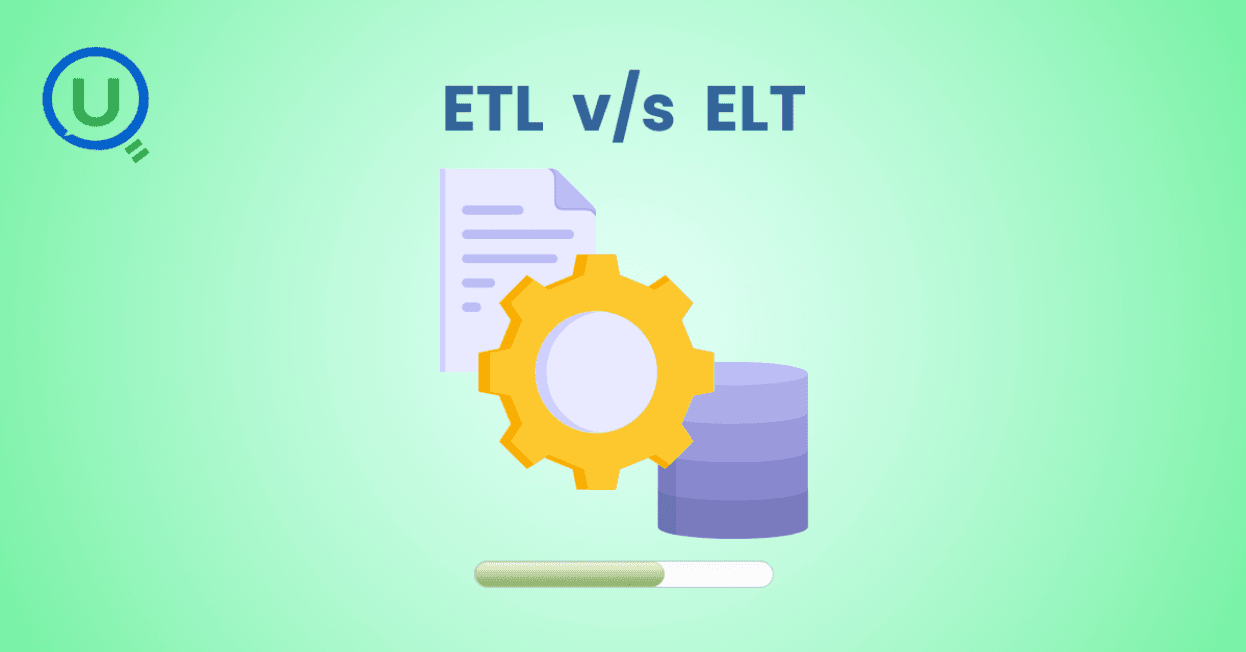
Explore the key differences between ETL and ELT data integration methods in this comprehensive guide. Learn when to choose each approach, their use cases, and how to implement them for efficient data pipelines, real-time analytics, and scalable solutions.
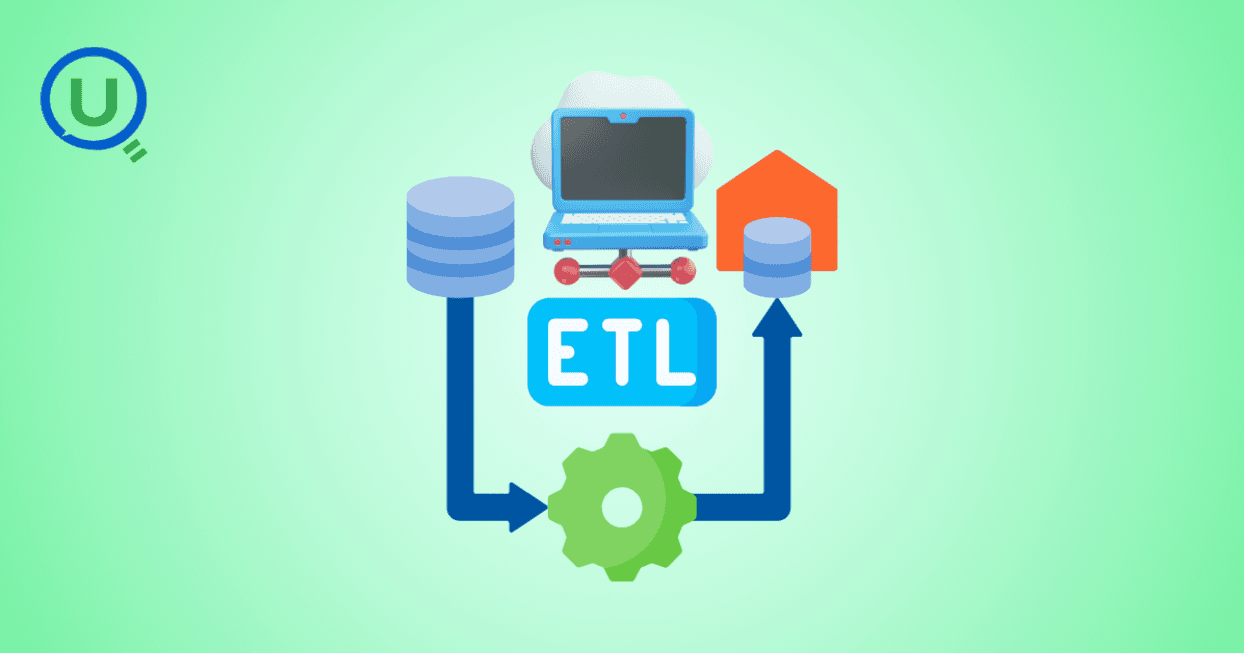
Learn the essential role of ETL (Extract, Transform, Load) in data engineering. Understand the three phases of ETL, its benefits, and how to implement effective ETL pipelines using modern tools and strategies for better decision-making, scalability, and data quality.
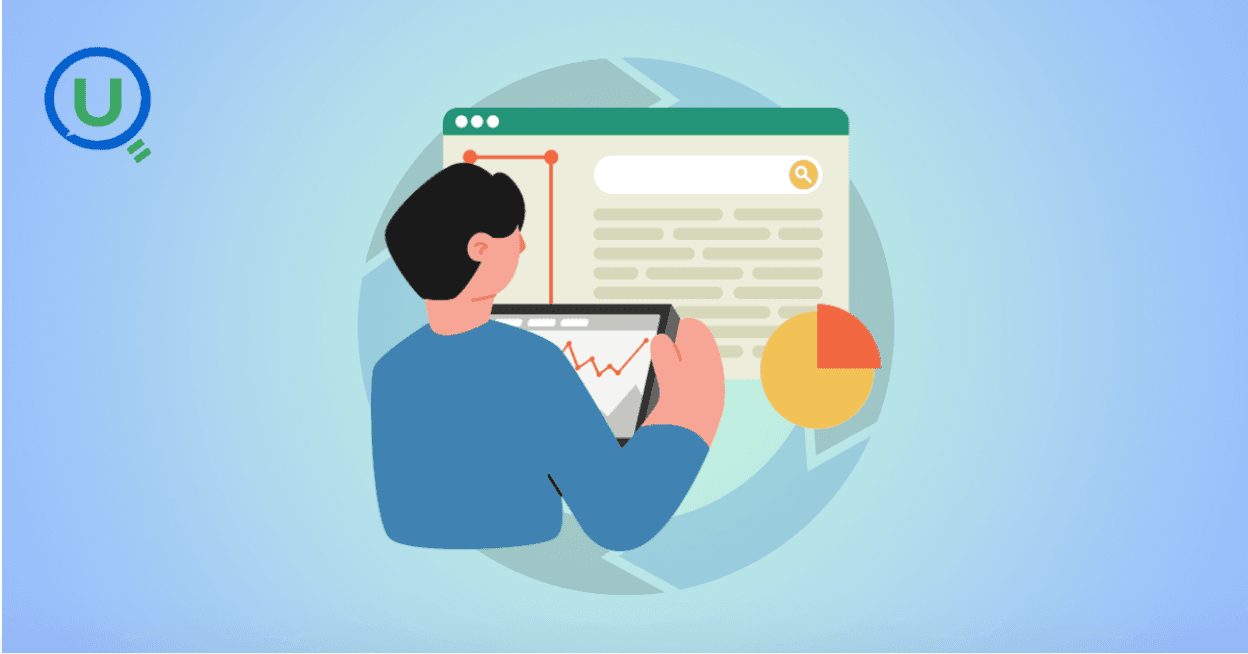
Discover why data orchestration and analysis are essential for modern data systems. Learn how automation tools streamline data workflows, boost insights, and scale with your business
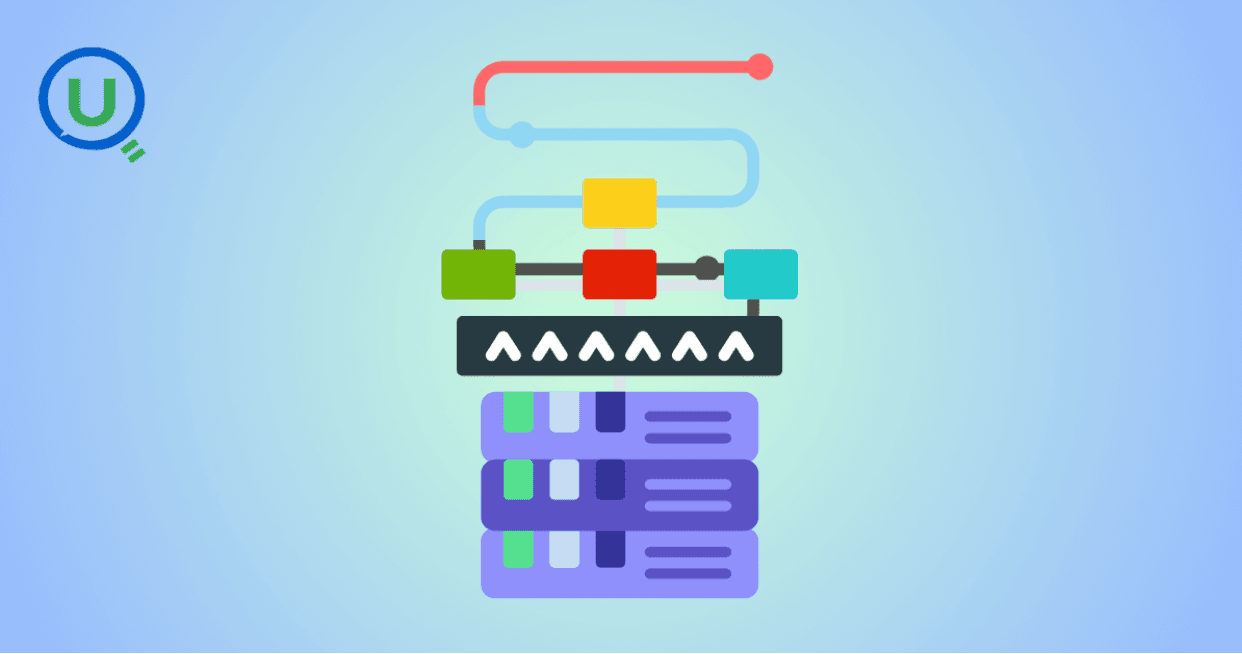
Learn what a data ingestion pipeline is, why it's vital for modern analytics, and how to design scalable, real-time pipelines to power your data systems effectively.
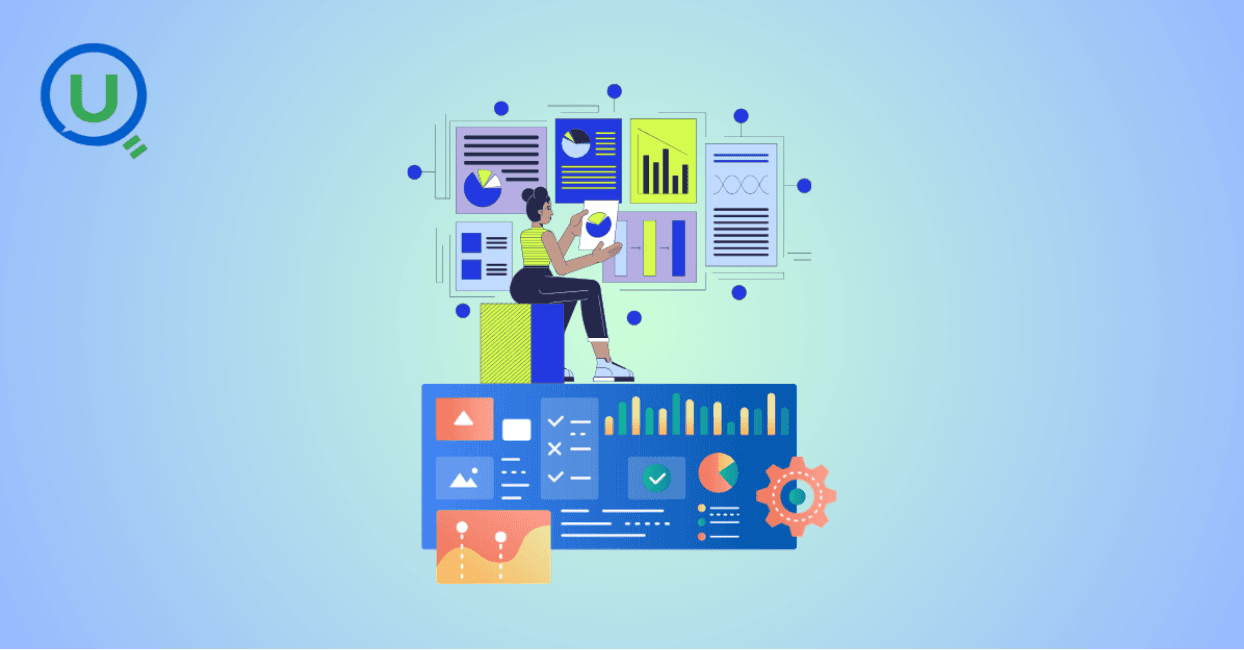
Discover the top 15 data warehouse tools for scalable data management in 2024. Learn how to choose the right platform for analytics, performance, and cost-efficiency.
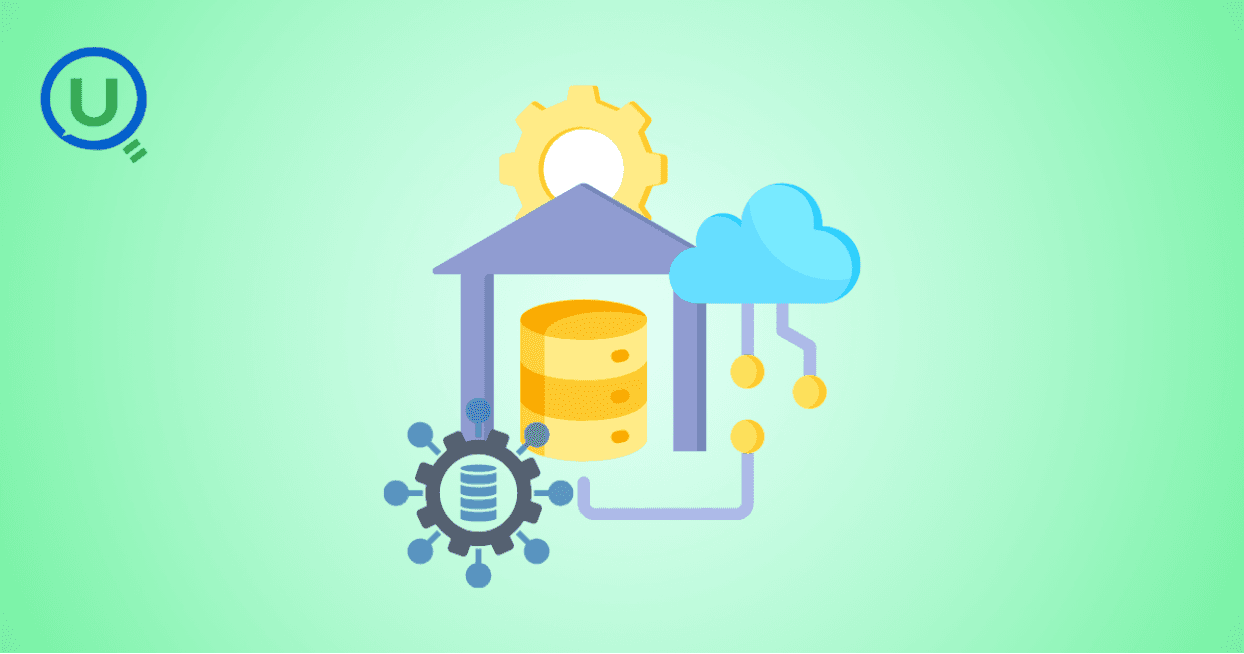
Confused between a data mart and a data warehouse? Learn the key differences, use cases, and how to choose the right data architecture for your business. Explore best practices, real-world examples, and expert insights from Enqurious.
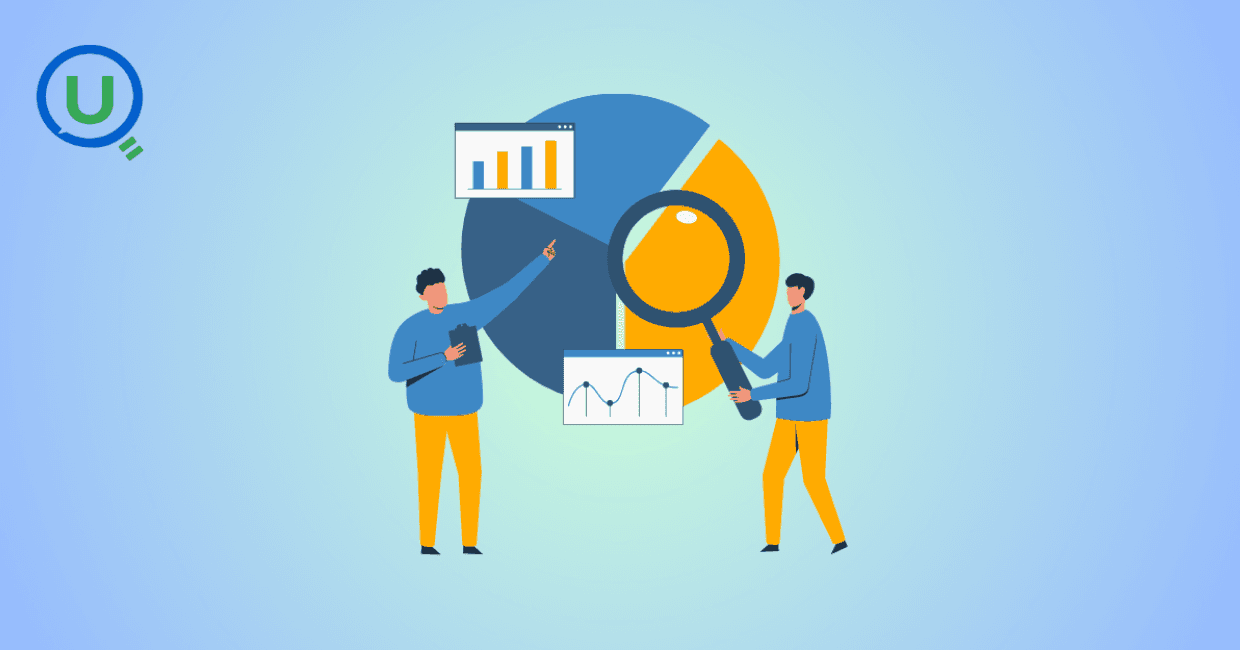
Discover the top 10 predictive analytics tools to know in 2025—from SAS and Google Vertex AI to RapidMiner and H2O.ai. Learn why predictive analytics is essential for modern businesses and how to choose the right tool for your data strategy.
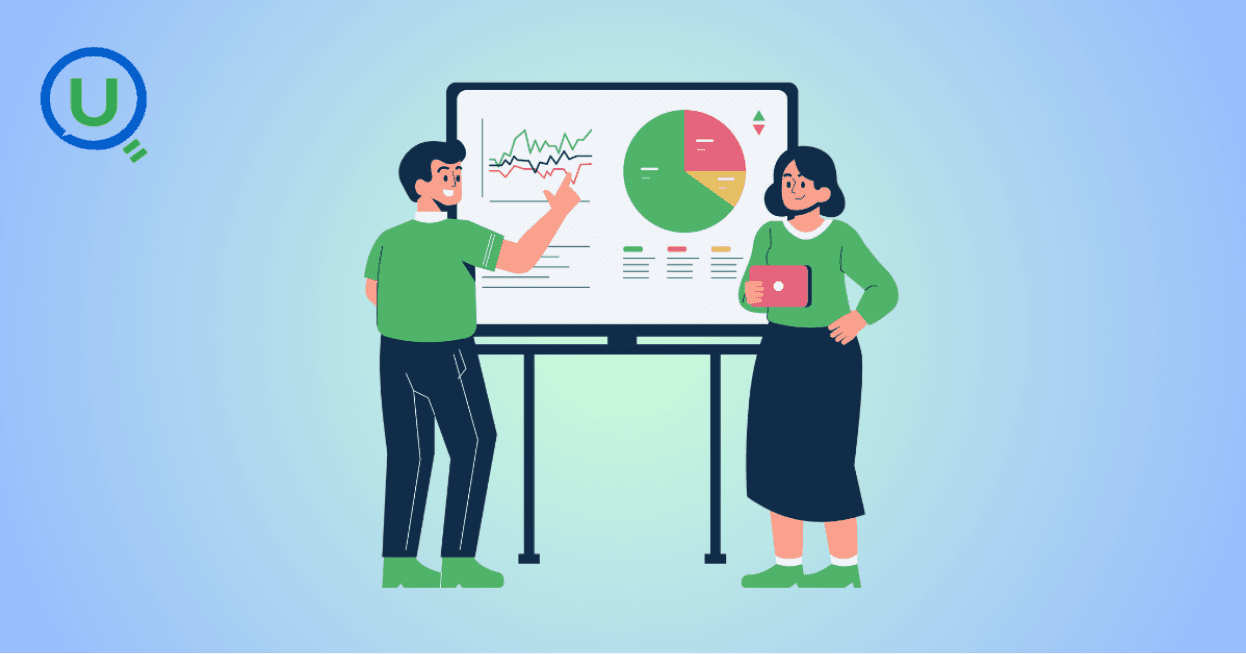
Explore the key differences between descriptive and predictive analytics, and learn how both can drive smarter decision-making. Discover how these analytics complement each other to enhance business strategies and improve outcomes in 2025 and beyond.
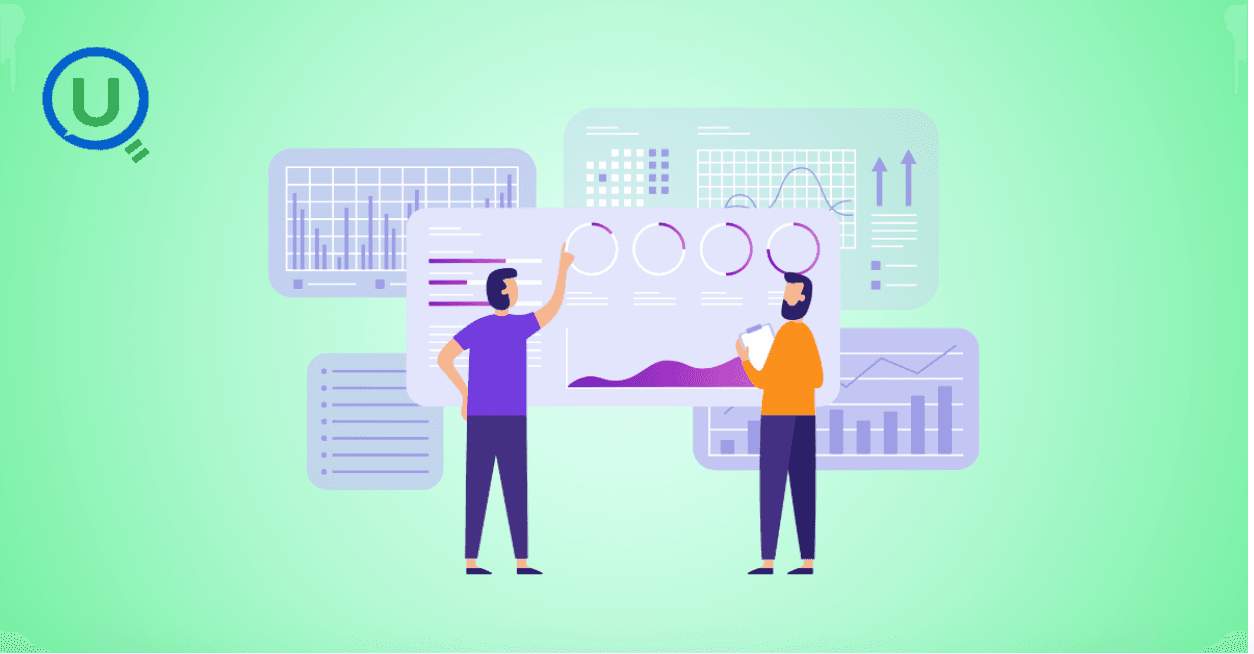
Explore the key differences between predictive and prescriptive analytics, and learn how both can drive smarter decisions, enhance agility, and improve business outcomes. Discover real-world applications and why mastering both analytics approaches is essential for success in 2025 and beyond.
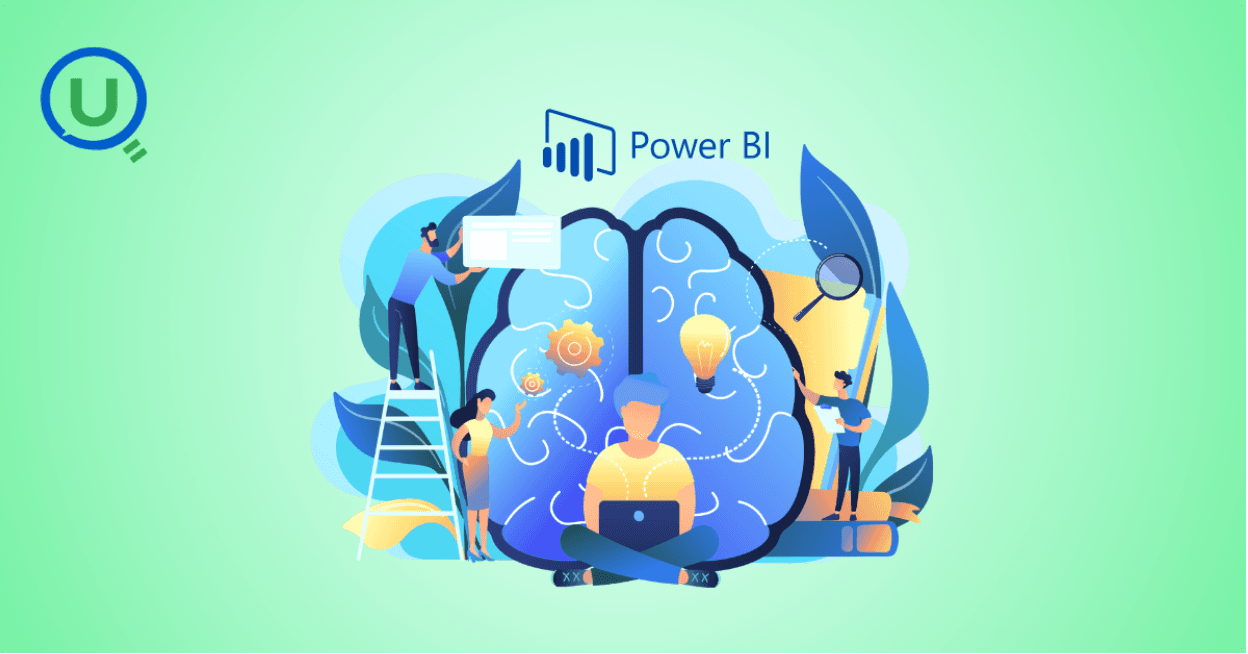
Learn what Power BI is and how it works in this beginner's guide. Discover its key features, components, benefits, and real-world applications, and how it empowers businesses to make data-driven decisions.
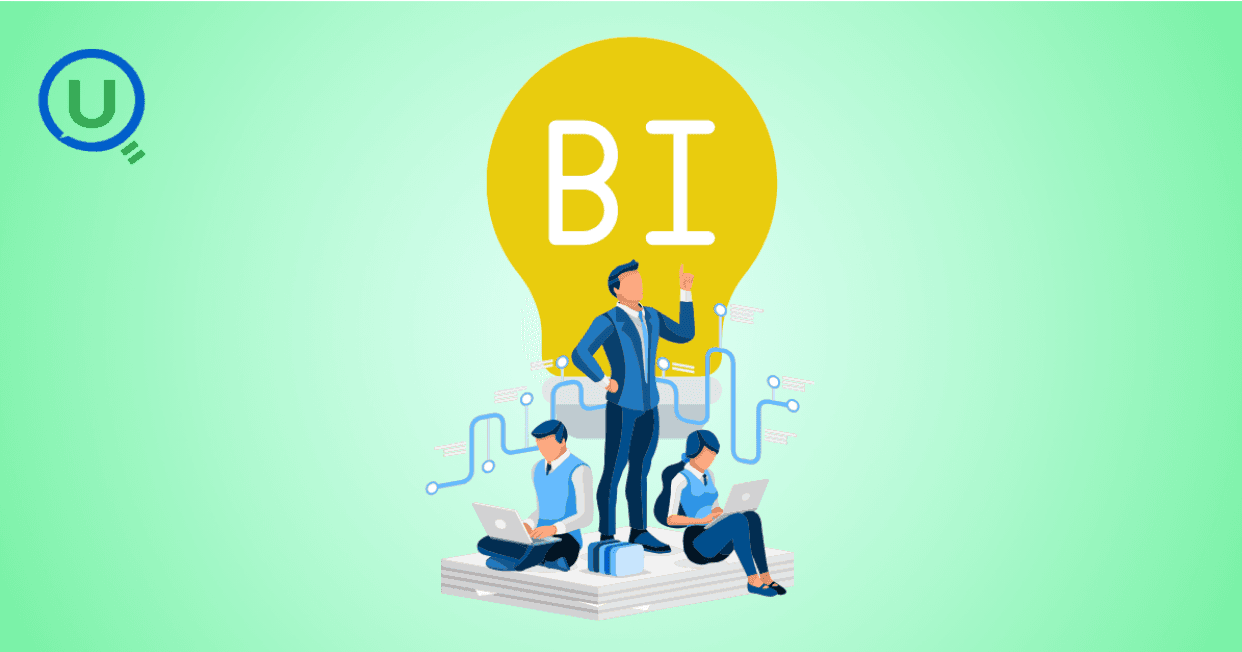
Explore what a Business Intelligence Engineer does—from building data pipelines to crafting dashboards. Learn key responsibilities, tools, and why this role is vital in a data-driven organization.
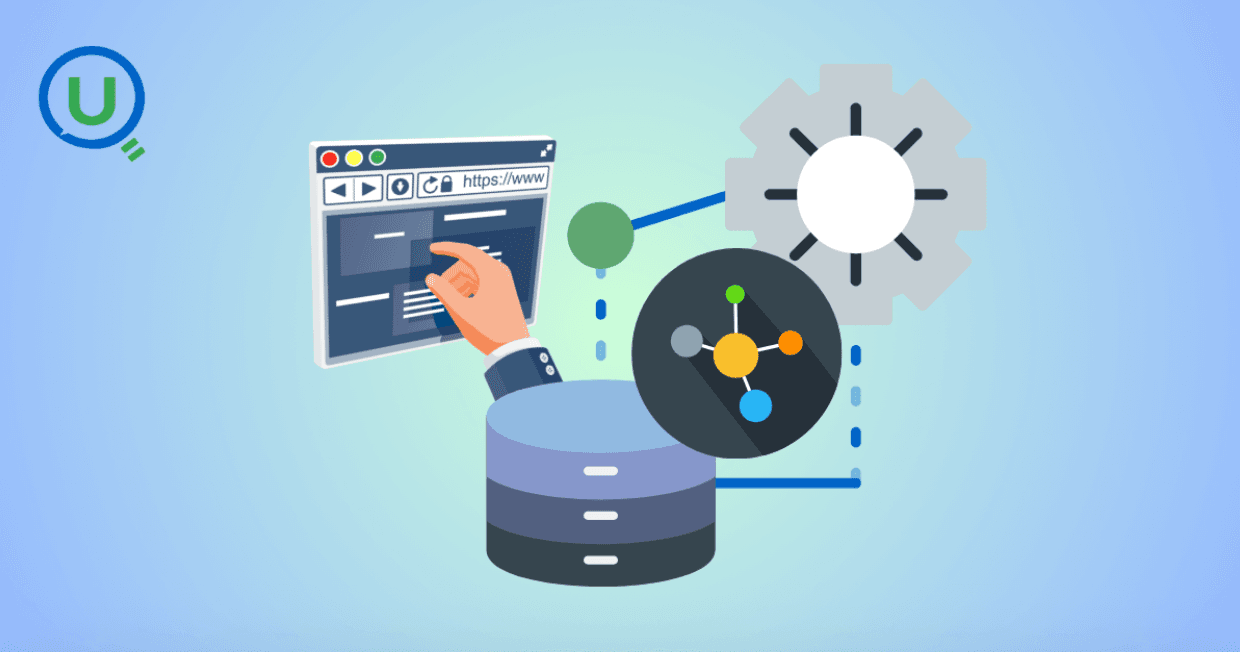
Discover why data lineage is essential in today’s complex data ecosystems. Learn how it boosts trust, compliance, and decision-making — and how Enqurious helps you trace, govern, and optimize your data journeys.
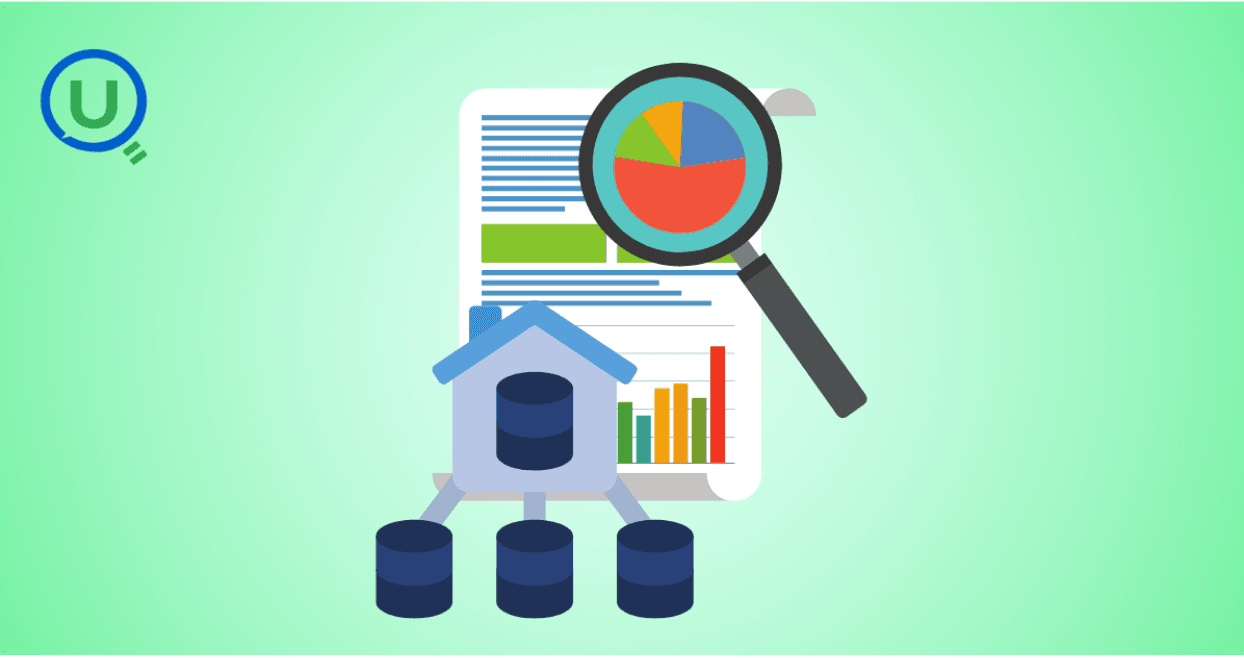
Learn what a data mart is, its types, and key benefits. Discover how data marts empower departments with faster, targeted data access for improved decision-making, and how they differ from data warehouses and data lakes.

Master data strategy: Understand data mart vs data warehouse key differences, benefits, and use cases in business intelligence. Enqurious boosts your Data+AI team's potential with data-driven upskilling.
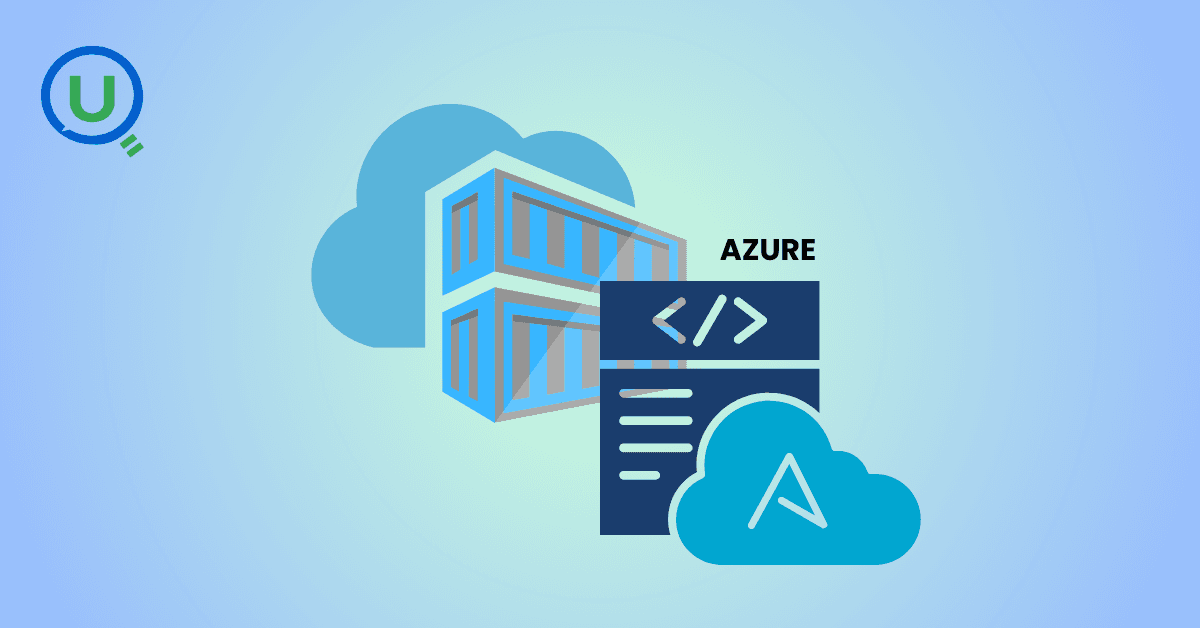
Learn what Azure Data Factory (ADF) is, how it works, and why it’s essential for modern data integration, AI, and analytics. This complete guide covers ADF’s features, real-world use cases, and how it empowers businesses to streamline data pipelines. Start your journey with Azure Data Factory today!
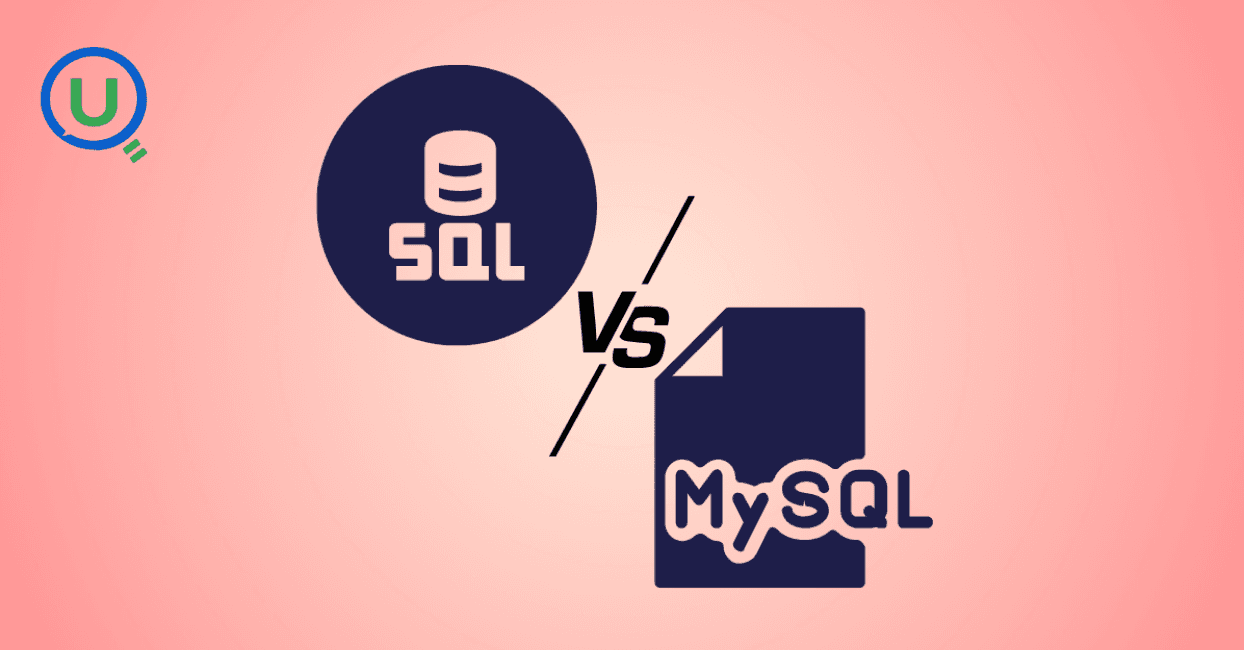
Discover the key differences between SQL and MySQL in this comprehensive guide. Learn about their purpose, usage, compatibility, and how they work together to manage data. Start your journey with SQL and MySQL today with expert-led guidance from Enqurious!
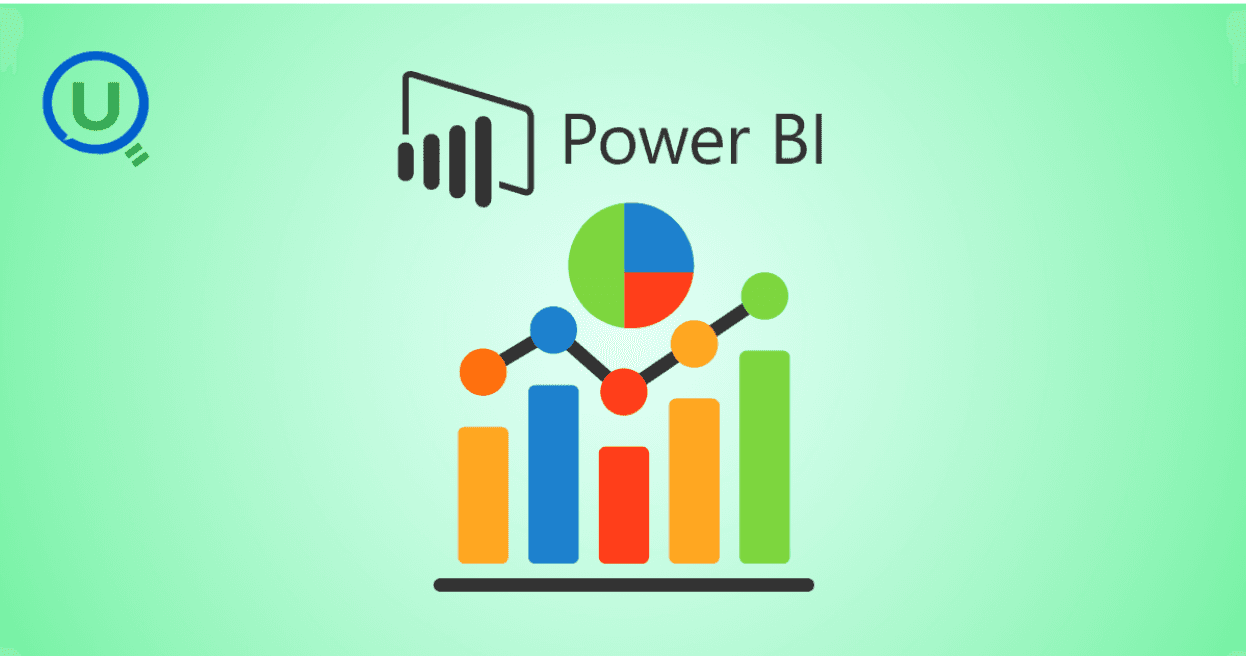
Learn Power BI from scratch in 2025 with this step-by-step guide. Explore resources, tips, and common mistakes to avoid as you master data visualization, DAX, and dashboard creation. Start your learning journey today with Enqurious and gain hands-on training from experts!
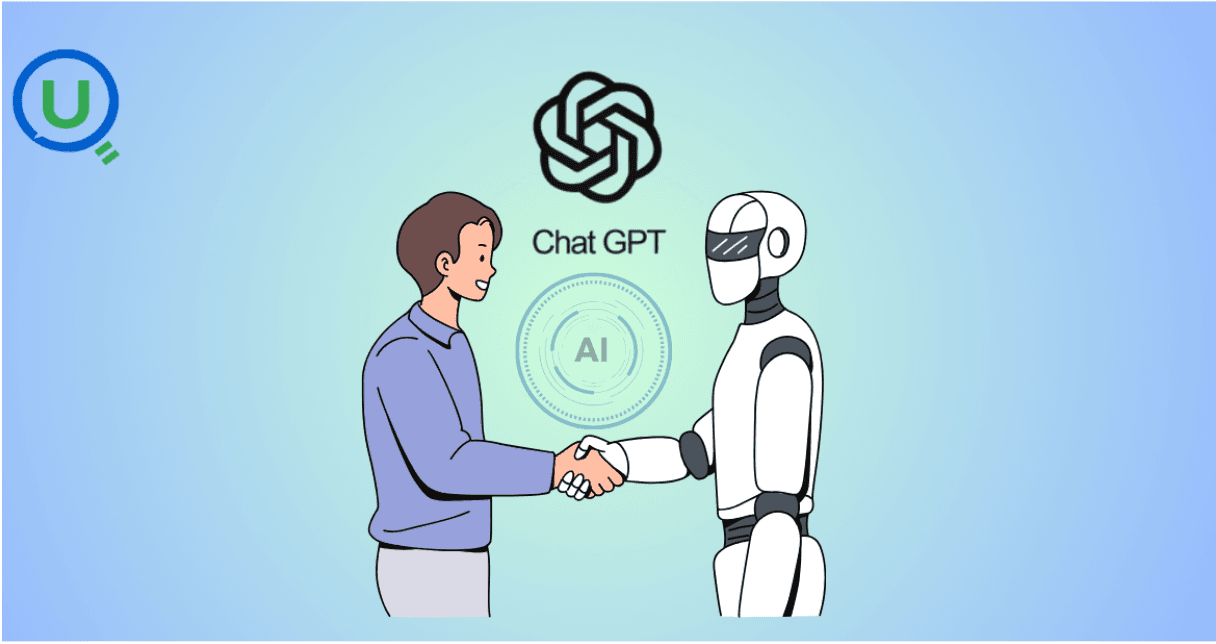
AI tools like ChatGPT are transforming clinical data management by automating data entry, enabling natural language queries, detecting errors, and simplifying regulatory compliance. Learn how AI is enhancing efficiency, accuracy, and security in healthcare data handling.
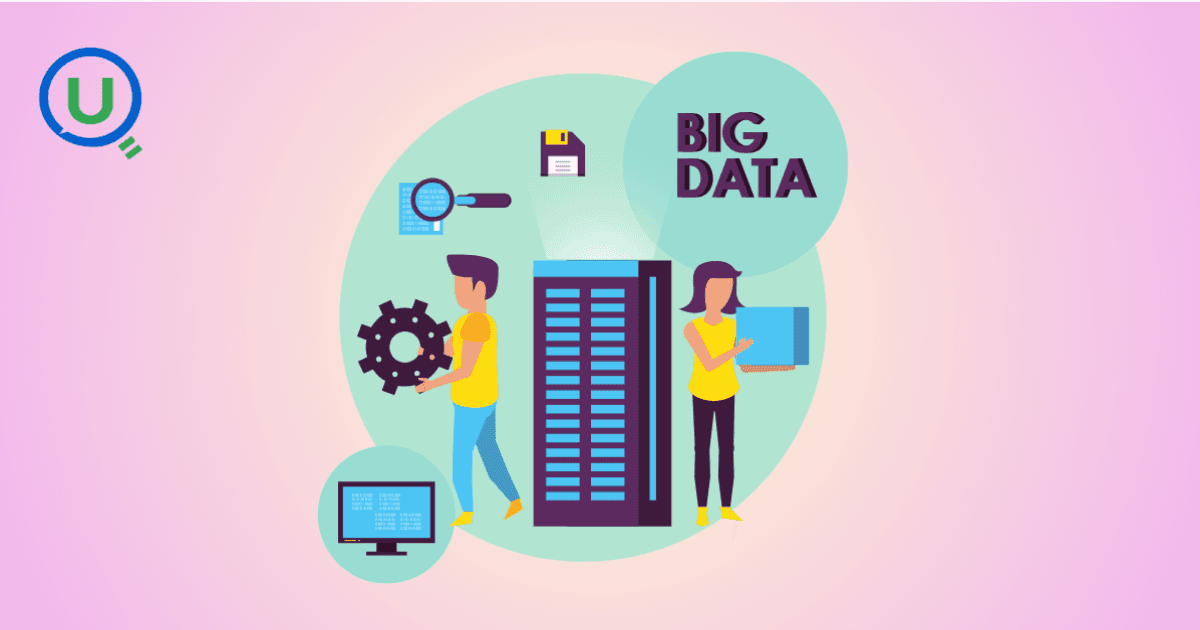
Big Data refers to large, complex data sets generated at high speed from various sources. It plays a crucial role in business, healthcare, finance, education, and more, enabling better decision-making, predictive analytics, and innovation.

Discover the power of prompt engineering and how it enhances AI interactions. Learn the key principles, real-world use cases, and best practices for crafting effective prompts to get accurate, creative, and tailored results from AI tools like ChatGPT, Google Gemini, and Claude.

Learn what a Logical Data Model (LDM) is, its key components, and why it’s essential for effective database design. Explore how an LDM helps businesses align data needs with IT implementation, reducing errors and improving scalability.
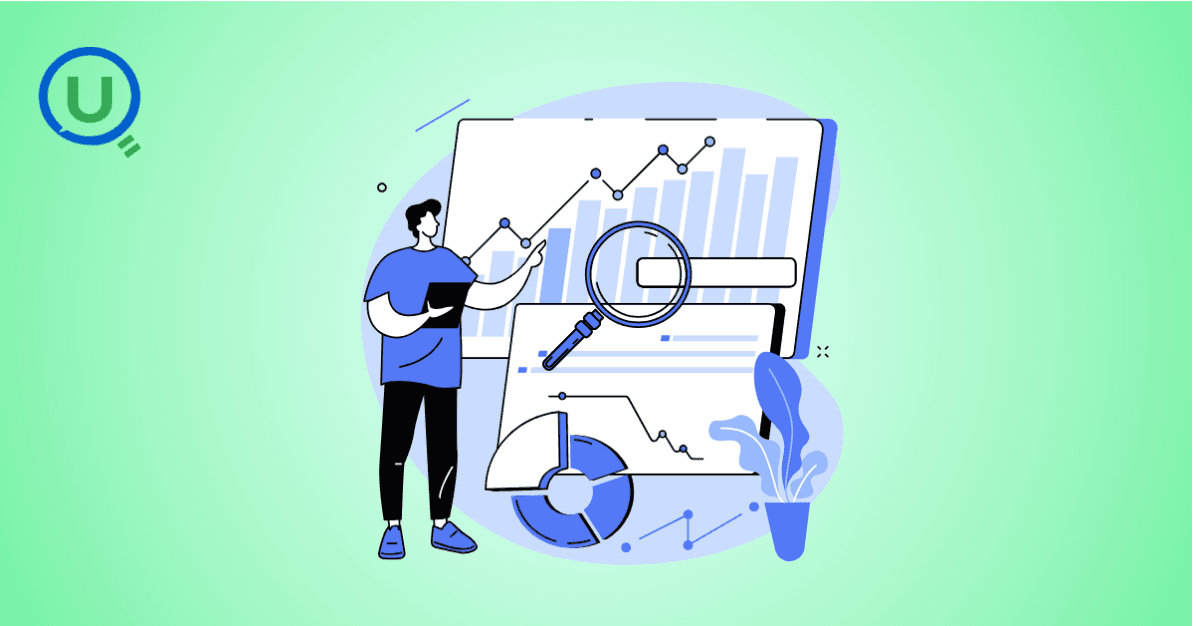
Discover the power of a Canonical Data Model (CDM) for businesses facing complex data integration challenges. Learn how CDM simplifies communication between systems, improves data consistency, reduces development costs, and enhances scalability for better decision-making.
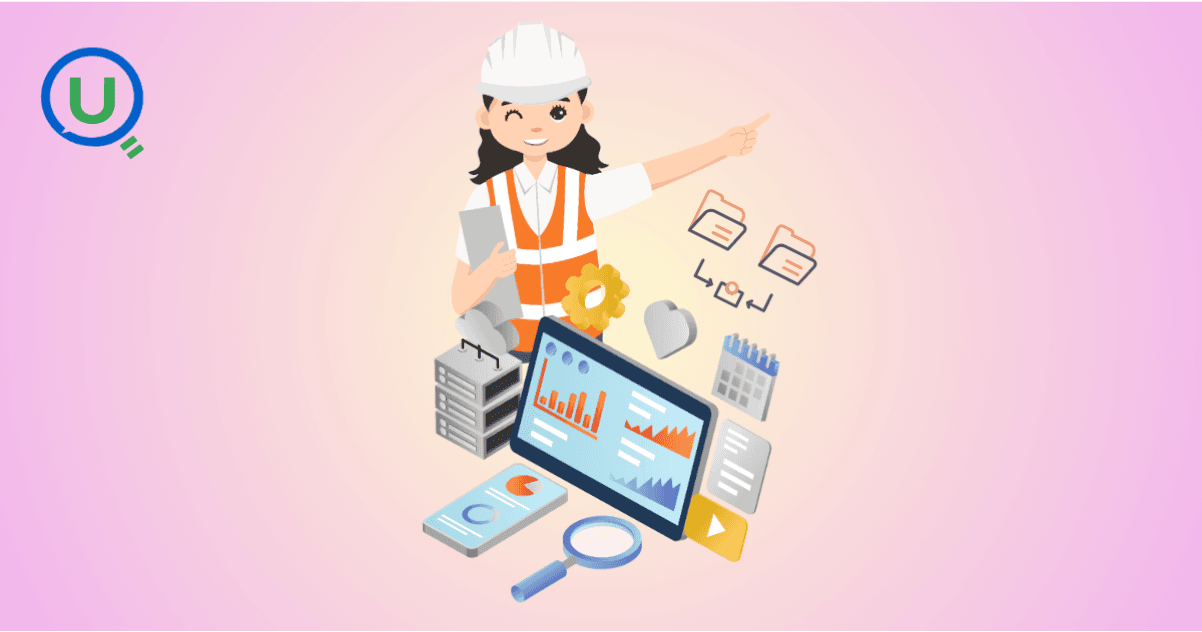
Discover the 10 essential benefits of Engineering Data Management (EDM) and how it helps businesses streamline workflows, improve collaboration, ensure security, and make smarter decisions with technical data.

Explore how vibe coding is transforming programming by blending creativity, collaboration, and technology to create a more enjoyable, productive, and human-centered coding experience.

Learn how Azure Databricks empowers data engineers to build optimized, scalable, and reliable data pipelines with features like Delta Lake, auto-scaling, automation, and seamless collaboration.

Explore the top 10 data science trends to watch out for in 2025. From generative AI to automated machine learning, discover how these advancements are shaping the future of data science and transforming industries worldwide.

Discover the key differences between data scientists and data engineers, their roles, responsibilities, and tools. Learn how Enqurious helps you build skills in both fields with hands-on, industry-relevant learning.

Discover the 9 essential steps to effective engineering data management. Learn how to streamline workflows, improve collaboration, and ensure data integrity across engineering teams.
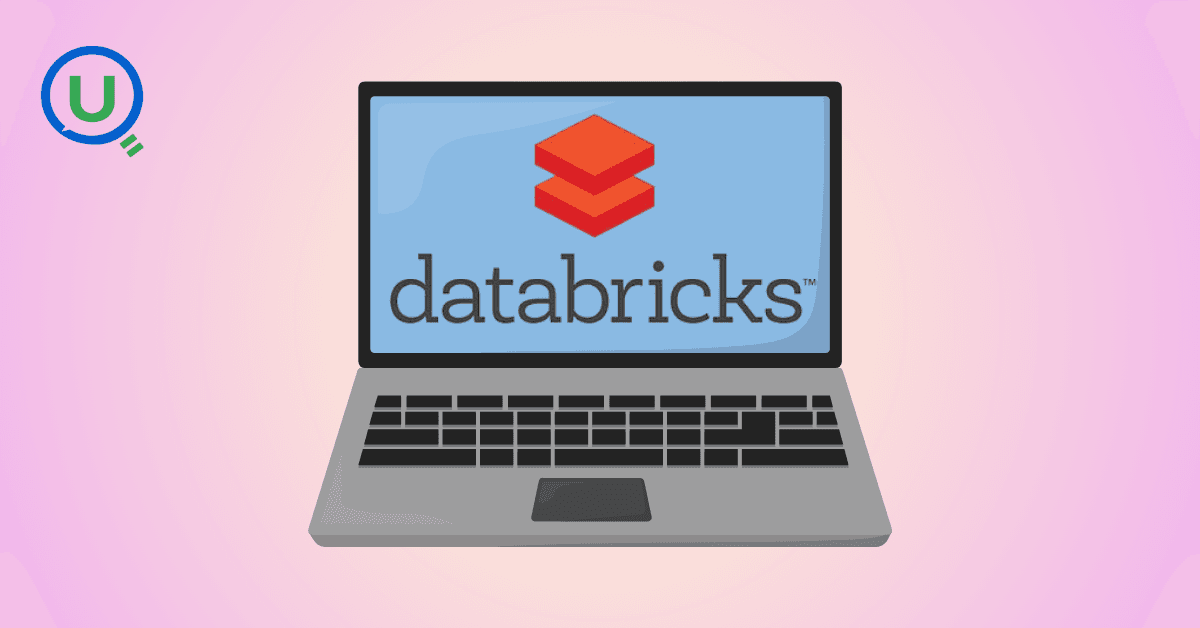
Azure Databricks is a cloud-based data analytics platform that combines the power of Apache Spark with the scalability, security, and ease of use offered by Microsoft Azure. It provides a unified workspace where data engineers, data scientists, analysts, and business users can collaborate.

In today's data-driven world, knowing how to make sense of information is a crucial skill. We’re surrounded by test scores, app usage stats, survey responses, and sales figures — and all this raw data on its own isn’t helpful.

In this blog, we will discuss some of the fundamental differences between AI inference vs. training—one that is, by design, artificially intelligent.

This guide provides a clear, actionable roadmap to help you avoid common pitfalls and successfully earn your SnowPro Core Certification, whether you’re making a career pivot or leveling up in your current role.

"Ever had one of those days when you’re standing in line at a store, waiting for a sales assistant to help you find a product?" In this blog we will get to know about -What is RAG, different types of RAG Architectures and pros and cons for each RAG.

Discover how Databricks and Snowflake together empower businesses by uniting big data, AI, and analytics excellence

How do major retailers like Walmart handle thousands of customer queries in real time without breaking a sweat? From answering questions instantly to providing personalized shopping recommendations, conversational AI reshapes how retailers interact with their customers.